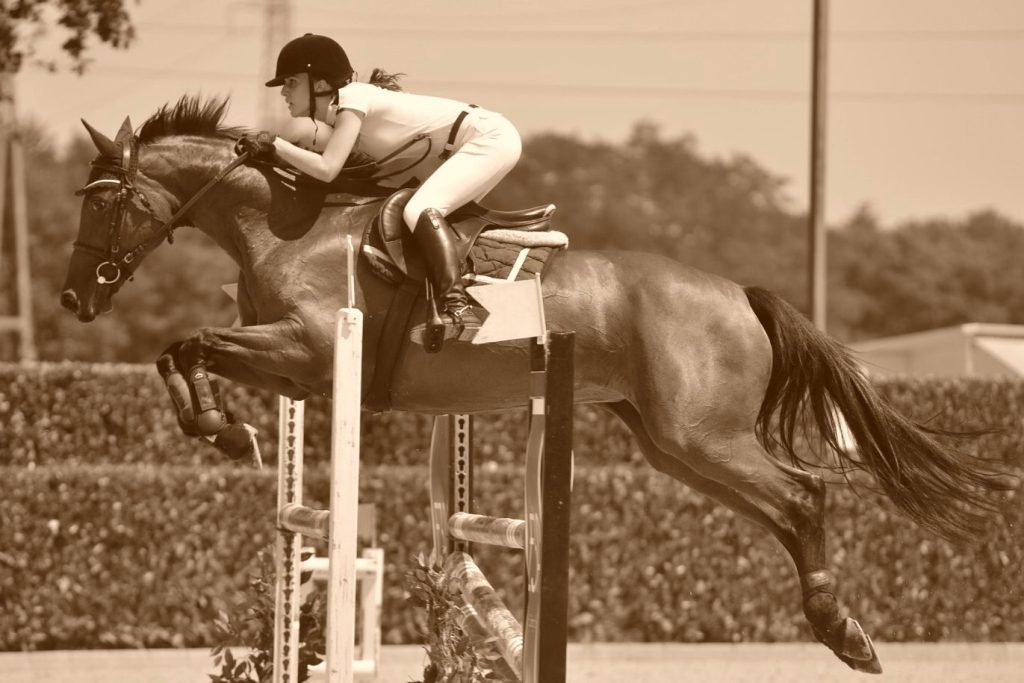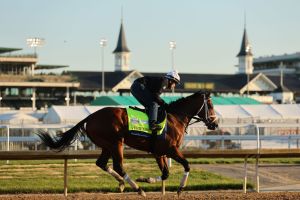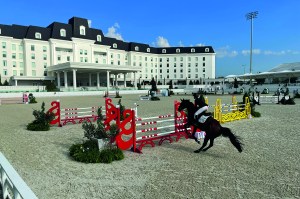‘No hour of life is wasted that is spent in the saddle,’ said Winston Churchill, who rode in one of the British Army’s last cavalry charges, at Omdurman in 1898. Horses were coterminous with the growth of human civilization. First domesticated in the 4th millennium BC for traveling, warfare, racing, and hunting, they were essential to our survival until the 20th century. Since the advent of the infernal combustion engine, however, we have forgotten not just the use of horses, but also their value to our wellbeing. Unlike a car, bus, or train, a horse is a fellow traveler.
Today, riding is mostly a sport, a vacation activity, or a therapeutic hobby. Its disciplines divide, generally speaking, into two styles of tack and riding: English and American. The English style, despite its name, has also been used for centuries in European countries such as Spain, Italy, France and Germany. The American style, also known as ‘Western-style’, is on the other hand almost exclusively an American tradition. Ronald Reagan, who had the political good sense to be photographed on Western saddles, was also a skilled English rider.
An English saddle doesn’t have a Western-style wide seat or a horn on its front for roping foxes. The small English seat makes it easier to fall, but it allows the horse to gallop faster and jump higher. For this reason, English saddles are used for hunting, racing, and jumping. The American saddle and style were designed for punching cattle on rough terrain. For long, steady days in the saddle, cowboys need comfort more than high performance. For similar reasons, in the English style, you keep the reins short and buckled together, to retain ‘contact’ with the horse’s mouth, which gives you a faster response and more control. In the American style, you use a long rein in order to hold the horse with one hand while the other deploys your lariat or six-shooter.
English style is harder to learn and at its most rarified leads to the balletic complexities of dressage and power-jumping over six and a half foot fences. If you’re used to the English style, you won’t find it difficult to ride the American way, but habitual cowboys and girls may find it more difficult to change. Your seat is still firmly planted on an American saddle at the trot, but sticking to the small English saddle at a sitting trot is tricky, and for the bouncing trot you must balance on your short stirrups as opposed to reclining comfortably on the La-Z-Boy of saddles.
Both English and American styles require horses to be healthy in both mind and body. Horses are noble animals and should be treated as such. Riding means more than just control of the horse, and ‘contact’ means more than controlling the horse’s mouth with the reins and bit. It means physical and mental contact with an animal five times your size, learning to understand her, and convincing her to trust you when the two of you are jumping over an obstacle, racing through a field — or, within living memory, going to war.
This article is in The Spectator’s October 2019 US edition.


















